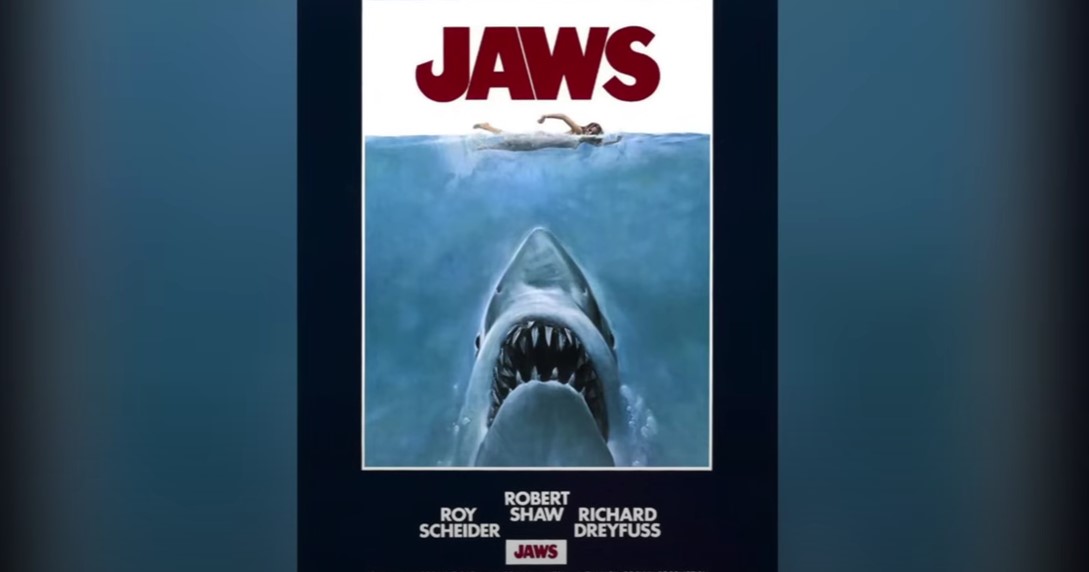
Like in all good science fiction stories, humans and machines inevitably come to a crossroads, where one isn’t quite sure if they need the other anymore. It’s the plot of Terminator (1984), Blade Runner (1982), and two-time TV series Battlestar Galactica (1978, 2004).
What if, instead of decimating our numbers, our troubles with computers began because they’d become a little too helpful, erasing reality and substituting it with their own? Of course, we’re talking about Computer-Generated Imagery or CGI.
A “Crutch”
CGI is difficult to avoid in entertainment. In fact, many industries, like gaming, get more than images from computers. Casinos use random number generators to produce the outcome of each blackjack round or roulette spin but, even here, human-driven experiences are sought after.
The live casino games at Paddy Power include live, human dealers on webcam to bring the experience closer to the brick-and-mortar one. Importantly, they sometimes use CGI on sound stages to create unique settings.
This need for realism and authenticity is at odds with CGI, which is perhaps why the technology keeps attracting dissenters. VFX artist Rassoul Edji notes that it’s sometimes used as a “crutch” to fix problems that should’ve been fixed on set.
That’s not necessarily a bad thing (the three mechanical sharks in the 1975 movie Jaws, all called Bruce, malfunctioned so often it took the film 100 days and US$5m over budget) but CGI and laziness make good bedfellows.
Yet, there’s a reason why 1993’s Jurassic Park looks better today than the zombies in I Am Legend (2007) or the creature effects in The Thing’s 2011 remake. Computer capabilities age quickly. Granted, Jaws’ shark might not convince modern audiences but Jurassic Park’s T-Rex, Roberta, has barely aged a day in 65m years.
Mad Max: Fury Road
A recent example of the abuse of CGI seems almost ironic. The 2015 post-apocalyptic movie Mad Max: Fury Road used real-life sets and cars in the Namibian desert (Namibia is also where Prime Video’s Fallout was filmed) to create one of the best action movies of its generation. Its sequel, Furiosa, relied heavily on computer-generated imagery to build its wasteland, much to some critics’ distress.
CGI is inevitable in today’s movie industry. It’s simply too much of a time and labour-saver to omit. It’s genre-dependent, of course. Romcoms will never use as much CGI as sci-fi pictures, but, to paraphrase artist Edji, having access to a magic eraser for mistakes and boom mics in the picture is invaluable.
The Lord of the Rings: The Fellowship of the Ring famously had a white car in shot. It was airbrushed out in the DVD version.
With Final Destination: Bloodlines, Mortal Kombat 2, and 28 Years Later due out in 2025, expect CGI to take up just as much space in the future as it does now. Some things are just hard to make outside of a computer lab. It’s hard to overstate the impact on audiences of one particular rubber shark, though.
